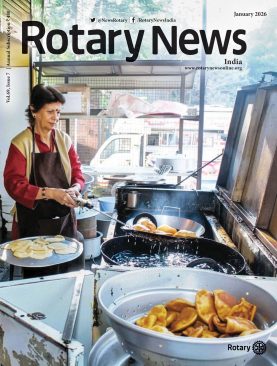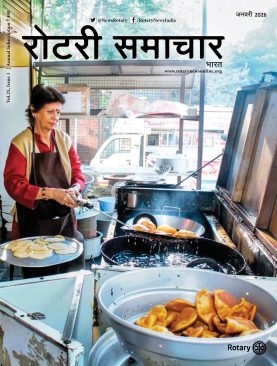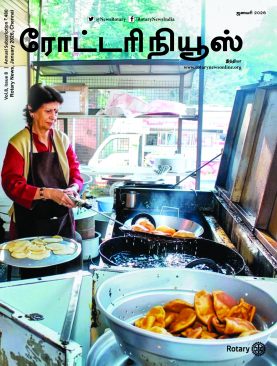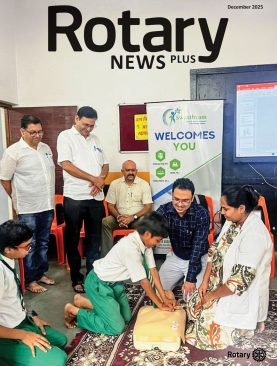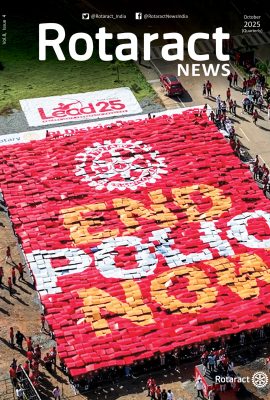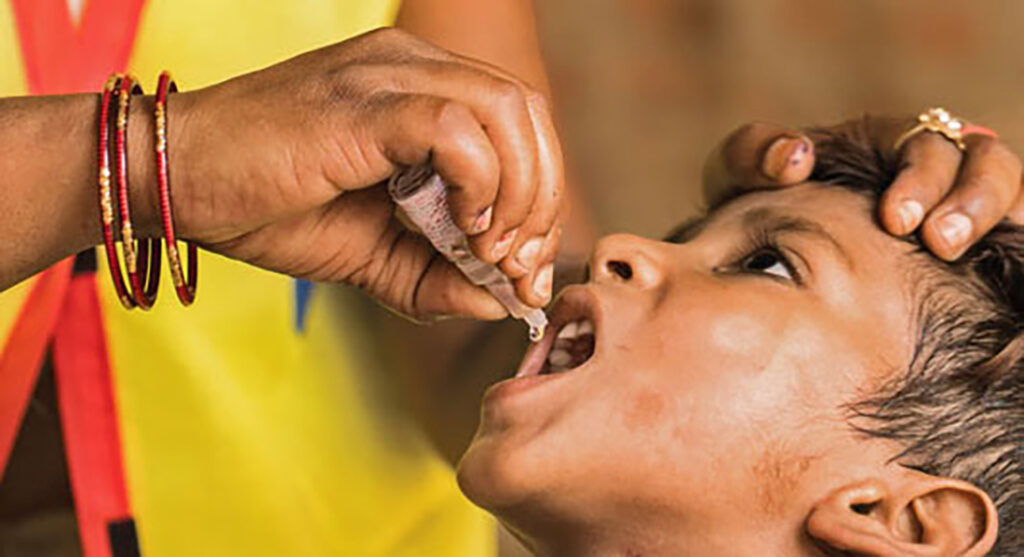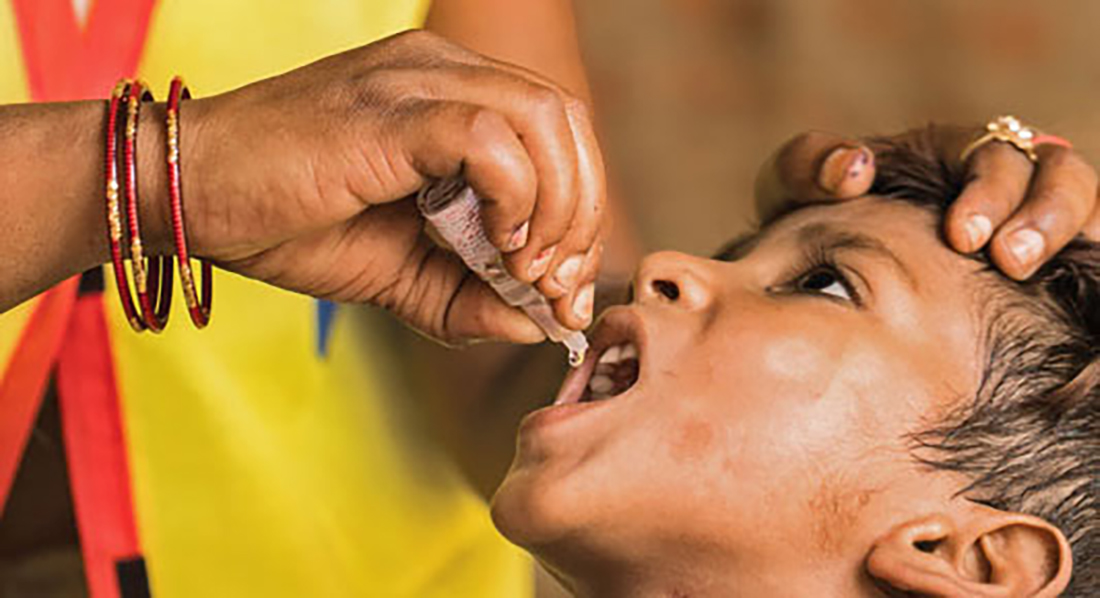
The occurrence of two Vaccine Derived Polio (VDPV) cases in India has alarmed all of us. India has been free of the wild polio virus (WPV) since January 14, 2011. The two WPV-endemic countries in the world are Pakistan with 17 cases and Afghanistan with 18 cases to date.
Unfortunately, VDPV cases are prevalent in many parts of the world. A new vaccine, nOPV has helped address outbreaks of VDPV. But the job is not yet done. It is time that all Rotarians rededicate themselves to Rotary’s goal of a polio–free world, which is very much in sight. From more than 3,50,000 cases globally of wild polio, we are down to just 35. The end of the dreaded wild polio virus is very much on the horizon.
The National Polio Surveillance Project (NPSP) is conducting special surveillance of immunodeficient children, who are at enhanced risk of contracting polio in Kerala, Himachal Pradesh, Meghalaya, etc. This is a unique surveillance activity in India. The detection of the variant polio in an immunodeficient child each in Kerala and Shimla (Himachal Pradesh) is not too alarming a development, since this is to be expected in such children whose bodies do not make antibodies even after administration of the vaccine. Such children, unfortunately, do not normally live beyond two years of age. The variant case detected in Meghalaya has presented with ambiguous VDPV.
The biggest dangers in India are:
- Possibility of importation of the WPV from Pakistan and Afghanistan
- Possibility of importation and circulation of VDPV2
- Sub-optimal immunisation levels in 270 revenue districts across the country. The national average of polio immunisation is around 90 per cent, which still leaves 10 per cent of the cohort of 26 million children who have never received a dose of the polio vaccine
- Missed new-born children (out of around 2.5 million) who have not received the birth dose
- Several pockets in various parts of the country where immunisation levels are well below the national average of 90 per cent. NPSP is currently making a list of such pockets, which would be shared with Rotary once it is ready
- The national average of 90 per cent immunisation is likely to be diluted by migrants from Myanmar, Bangladesh, etc.
Rotarians in India must concentrate on keeping the wild polio virus out. We must work in collaboration with the government and our partners — WHO, UNICEF, Bill and Melinda Gates Foundation and GAVI to keep our immunisation levels at 100 per cent, so that no child falls prey to the vaccine derived polio virus. To do this, we should go back to the principles that we have so efficiently employed in the past: Collaborate with the government at the state and district level to achieve 100 per cent immunization; meet regularly with the partners at the state and district level for concerted action; keep up our advocacy efforts with political and religious leaders and bureaucrats; and set up immunisation booths on NIDs and SNIDs.
PRID Michael McGovern, chair of the International PolioPlus Committee, has constituted the following Ad Hoc India National PolioPlus Operations Committee to help districts in India face the challenge posed by polio:
Chairman: PDG Deepak Kapur
Advisors: RI Director Anirudha Roychowdhury and PRID Ashok Mahajan
Members: RID 3132 PDG Dr Rajiv Pradhan, Lokesh Gupta, RID 3182 PDG Dr P Narayana, Ajay Saxena and RID 3291 PDG Shyamashree Sen.
Let us resolve to not fritter away the gains from the dramatic progress that we have made in trying to eradicate polio from the world. We must keep up the promise of a polio-free world that we have made to the children of the world.
The writer is chairman of the India National PolioPlus Committee.

